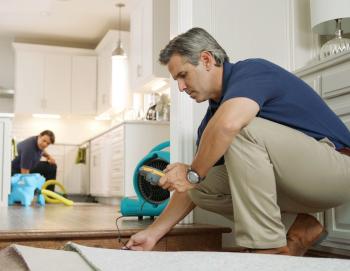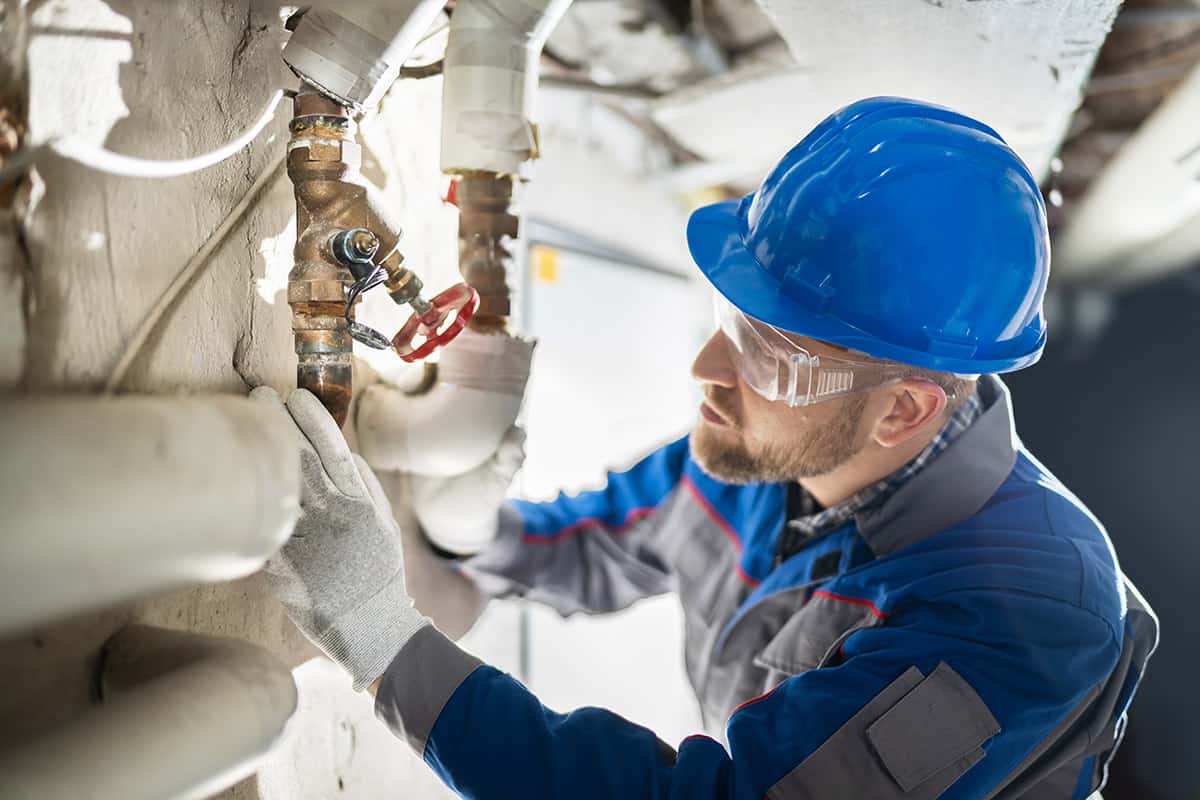The must-know homeowner’s guide for Water Damage Restoration
Wiki Article
Water Damage Restoration 101: Recognizing the Process and Cost
Water damage can strike suddenly, leaving house owners in a state of confusion. Understanding the repair process is important for effective recuperation. From evaluating the damage to choosing the right provider, each action influences the general outcome and price. Aspects such as the sort of water damage and necessity additionally play a substantial function. What are the details strategies used in remediation, and how can one prepare for possible expenses?Sorts Of Water Damage

Initial Assessment and Inspection

Water Extraction Techniques
Following the first evaluation, effective water removal methods are utilized to alleviate damage and avoid further issues. These strategies entail the usage of specific tools such as completely submersible pumps and industrial-grade vacuum cleaners - Water Damage Restoration. The choice of approach depends on the volume of water present and the sort of materials affected. For standing water, completely submersible pumps are commonly utilized for rapid removal, while vacuum cleaners are ideal for extracting water from rugs and furniture. Additionally, advanced techniques like water extraction mats might be employed for hard-to-reach areas - Water Damage Restoration. The goal is to eliminate as much water as feasible, lessening the possibility for mold growth and structural damage. Motivate and reliable water removal is vital in the total water damage reconstruction processDrying Out and Dehumidification Process
When the water extraction is total, the drying out and dehumidification procedure ends up being crucial to bring back the afflicted area. This phase usually utilizes industrial-grade dehumidifiers and air movers to successfully lower dampness levels. The dehumidifiers reel in wet air, eliminating excess humidity, while air moving companies distribute air to accelerate evaporation. Tracking tools is typically utilized to track humidity and temperature levels, guaranteeing excellent drying out problems. The period of this procedure can differ relying on the degree of the water damage and environmental factors. It is essential to thoroughly completely dry all influenced materials, consisting of wall surfaces, flooring, and home furnishings, to stop mold development and architectural damage. Appropriate implementation of this action is crucial for an effective reconstruction result.Cleaning and Disinfecting Affected Locations
When the drying process is total, a complete initial assessment and assessment of impacted areas is essential to recognize contamination levels. Effective cleansing techniques and suitable products should after that be used to remove debris and discolorations. Sanitization and disinfection techniques are crucial to guarantee that harmful pathogens are removed, recovering the room to a risk-free condition.First Analysis and Inspection
Before starting any reconstruction efforts, an extensive first analysis and assessment of the affected locations are vital for efficient cleansing and sterilizing. This procedure entails recognizing the degree of water damage, figuring out the resource of the water breach, and assessing the materials affected. Inspectors commonly search for signs of mold and mildew growth, structural integrity problems, and harmed items. The analysis additionally includes inspecting dampness levels using customized tools to ensure no concealed water pockets stay, as these can bring about further problems. Recording the searchings for is crucial for intending the next steps in the repair process. A detailed preliminary assessment makes it possible for reconstruction experts to develop a targeted method for efficient cleansing and sterilizing, ultimately decreasing damage and health dangers.Cleaning Up Methods and Products
Reliable cleaning and sterilizing of water-damaged areas need a variety of products and techniques tailored to the specific products influenced. For porous surfaces like drywall and carpets, removal techniques are necessary to get rid of excess moisture, followed by deep cleaning with specialized cleaning agents. Non-porous materials such as ceramic tile or steel can be cleaned utilizing commercial-grade cleansers that effectively get rid of pollutants. Vapor cleansing is one more effective method, particularly for rugs and upholstery, as it uses high temperatures to get rid of bacteria and mold (Water Damage Restoration). Furthermore, green items are increasingly preferred for their security and effectiveness - Water Extraction And Drying. Ultimately, picking the appropriate cleansing approaches and products not only guarantees instant tidiness yet also help in avoiding more damage and health and wellness hazards associated with water breachSanitization and Disinfection Techniques
When addressing water damage, proper sanitization and disinfection techniques are necessary to ensure the safety and security and health of the affected environment. After first cleaning, surface areas should be treated with suitable anti-bacterials to eliminate pathogens, mold and mildew, and bacteria that flourish in moist problems. Typical methods include using EPA-approved chemical anti-bacterials, which can be used with spraying or cleaning methods. Furthermore, ultraviolet (UV) light systems can effectively sanitize locations by counteracting microbes without extreme chemicals. The option of technique often relies on the kind of materials affected and the level of contamination. Ultimately, extensive sanitization not just recovers a risk-free living area however additionally assists avoid future wellness threats related to sticking around wetness and mold development.
Fixings and Restoration Options
Examining the damage brought on by water direct exposure is vital for determining the appropriate repair services and remediation choices. Property owners may encounter various problems, consisting of harmed drywall, deformed floor covering, and jeopardized structural components. Depending on the level of the damage, repairs may include changing sections of drywall, installing new floor covering, or reinforcing architectural light beams. In situations of serious damage, total replacement of damaged materials may be necessary. Furthermore, professional restorers often suggest utilizing dampness meters to analyze concealed dampness degrees before choosing the very best strategy. It is necessary to act quickly to stop mold development and further degeneration. Choosing the appropriate options not just brings back the property however also guarantees long-term security and performance.Factors Influencing Restoration Expenses

The extent of water damage straight influences the remediation costs property owners can expect to sustain. Aspects such as the source of the water, the period of exposure, and the afflicted materials considerably influence pricing. For example, tidy water damage from a busted pipeline is generally much less expensive to restore compared to damage triggered by sewer. Additionally, the degree of contamination determines the my response need for specialized cleansing and disposal services, additionally boosting expenditures. Geographical location also contributes, as local labor prices and availability of restoration solutions can vary. The seriousness of the feedback influences prices; quicker treatments generally lead to lower general expenditures by avoiding more damage. Comprehending these aspects is vital for home owners when approximating reconstruction costs.
The 3 key types of water damage are categorized based on contamination degrees: clean water, grey water, and black water. An extensive initial assessment and inspection are essential actions in the water damage repair process. For standing water, completely submersible pumps are usually utilized for quick elimination, while vacuum cleaners are optimal for extracting water from carpetings and upholstery. The extent of water damage directly impacts the restoration costs house owners can anticipate to sustain. Clean water damage from a damaged pipe is usually much less pricey to recover compared to damage triggered by sewer.
Report this wiki page